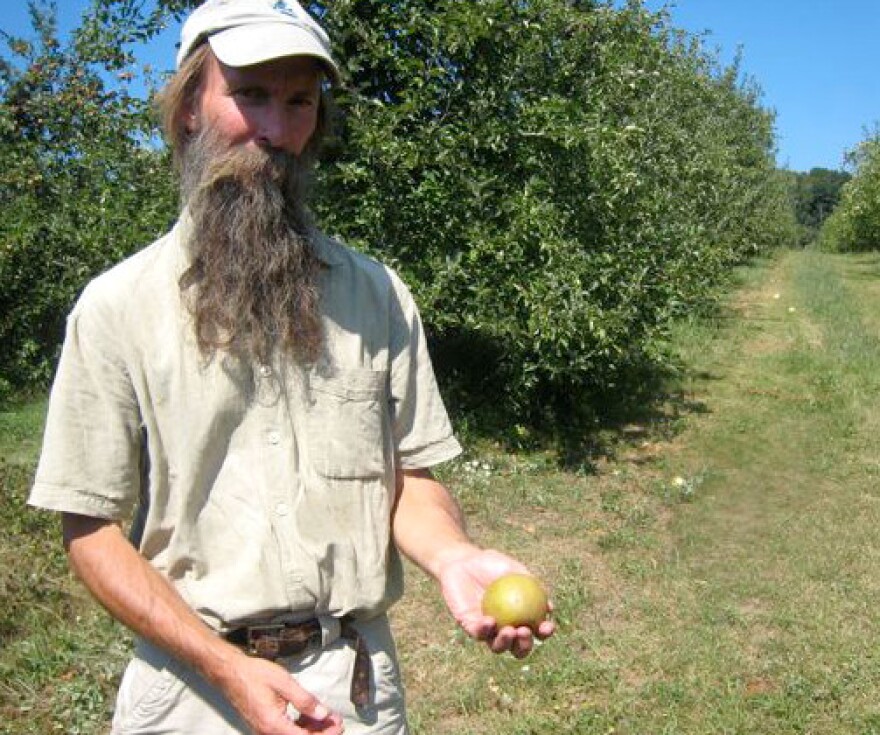
A new report on sustainable agriculture policy recommends that New England build its own regional food system with locally-grown products. Cris Coffin, New England director of the American Farmland Trust, a co-author of the study, said consumers in the region want to buy local.
"We've lost over 300,000 acres of farmland in just the past 30 years."
Cris Coffin
WNPR's Diane Orson spoke with Coffin on the report and its recommendations for the future of farmland in Connecticut.
Cris Coffin: You only need to look at drought projections around this country, and at reports such as the one that just came out from the U.N. about food supply and food needs on a global basis, to know that being able to produce more food is going to be needed. It’s not an imperative in the short run, but there’s consumer demand. There are people who want to be supportive of local farms, and we know that growing that provides new opportunities for farmers. And over the long run, it will become ever more important to do that.




Diane Orson: Your report is meant to be a kind of tool to help guide people and organizations and lawmakers to pursue this idea, so can you give me an idea of some of the key areas you think people should be thinking about?
What we wanted to do was look across the food system, because it is just that. It’s a system with a whole lot of different parts to it.
We took it from the beginning, from looking at the inputs, looking at land -- which, particularly from the American Farmland Trust perspective, is kind of a basis of food production; you’re not going to produce food without land -- through to distribution, through to marketing. At the other end, what do we do with food waste? We were trying to do, in essence, a cradle-to-grave look at the food system.
We know that farmland is disappearing around New England and here in Connecticut. A good portion of it is going to development. How much land is disappearing? What can be done to protect it?

Regionally, we’ve lost over 300,000 acres of farmland in just the past 30 years. In Connecticut and in four of the six New England states, we’ve lost more than ten percent of our farmland just in the past 25 years. Those are not sustainable paths. We need to be more aggressive on both permanently protecting the land, the most productive of the land we have, and becoming smarter about how densely we develop.
Connecticut is a great example of a state that is putting significant resources into farmland protection. Connecticut’s also done a great job of a very novel, new program of restoring farmland, helping to cost-share with farmers who are looking to bring some land back into production. Again, we sort of highlight that for other states in the region to think about: huh, maybe we want to follow Connecticut’s example on that.


Another area where we have seen a need in the land front is that for farmers -- both established ones, and people wanting to get into farming -- finding affordable land is a huge problem.
Some of the recommendations in this report look at ways that states, and local governments, and the federal government -- how can everybody pull together to help match those folks who might have land that could be farmed, and retiring farmers, with people who want to farm? That's an area where Connecticut is looking to do more, and it’s certainly an opportunity.





